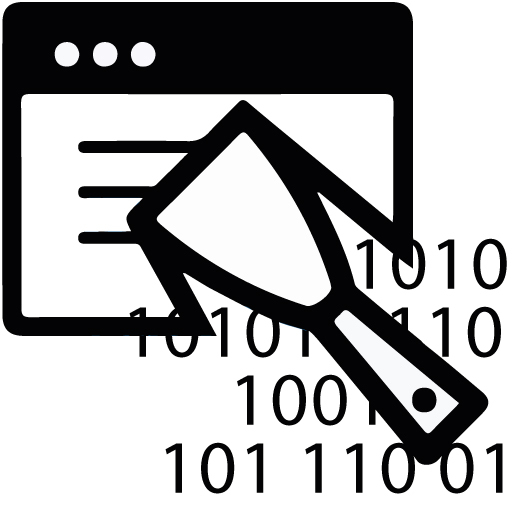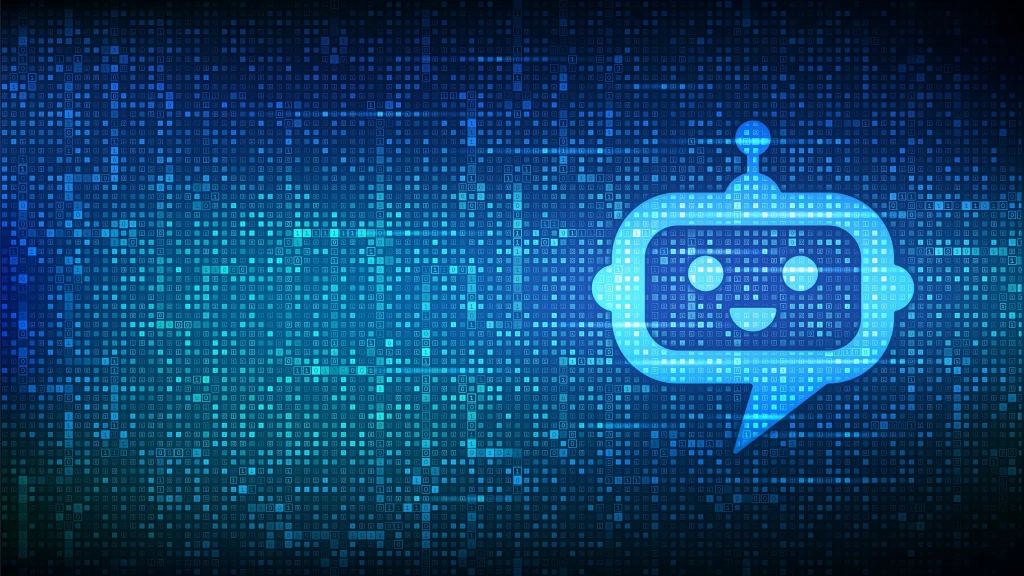A bot is a piece of software built to take on tasks in an automated format without needing human input. You may have heard the term “bots” before in regards to malicious internet critters. However, there is more depth to bots, and this article explores how they work and their purposes.
How do bots work?
Bots are made up of sets of algorithms that help them in taking out their given tasks autonomously. They usually work over a network and can communicate with each other using the internet. Typically, bot agents do not access internet content through a traditional browser as humans do. Instead, their software sends HTTP requests to websites as direct commands. This process usually takes a few seconds at most and generally does not require input from a human.
Depending on the type of bot, a programmer will design algorithms with different natures and purposes. For example, some bots will need to learn from their interactions with human users through machine learning, whereas others may be strictly rule-based. An intellectually independent chatbot that uses machine learning will learn and tailor new responses in a way that mimics a human being. On the other hand, a rule-based chatbot will converse by giving pre-defined prompts for users to select. Bots may also be a combination of both intellectually independent and rule-based and more depending on how complex the algorithm is.
Types of Bots:
There are various types of bot agents based on tasks and goals. Here are some common types:

Web crawler bots
Web crawlers (also known as spiders or crawling agents) scan and gather the internet for valuable pages and content to index pages, populate listings or collect market research.
See more: Web Crawling
Web scraper bots
Web scrapers are similar to web crawlers, but they extract more specific wanted data from given web pages.
See more: Web Scraping
Chatbots
A chatbot is a program that simulates conversations with human beings. They are a combination of intellectually independent and rule-based. People can use them for having entire conversations based on an algorithm such as Eliza or Cleverbot or as virtual assistants such as Siri, Alexa, or 24/7 customer service bots on platforms such as Facebook Messenger.

Social media bots
These operate on social media platforms for various reasons, such as generating automated posts, following other accounts or even post engagement.

Monitoring bots
People can use these to monitor website health or search engine optimisation of web pages.

Spambots
People create spambots to post an influx of promotional or nonsense content across the internet, usually at the inconvenience of other users.

DoS/DDoS bots
DoS (Denial of Service) bot attacks send a profuse number of bots to overload and bring a server to a halt, stopping its service from functioning.
Malicious bots
Detecting whether a bot is helpful or if it poses threats to a system is essential. A harmless good bot’s activities may include chatting to website visitors about customer service. On the other hand, a malicious bot could intend to destroy a computer’s whole operating system or steal sensitive details from internet users.
According to Imperva, more than a quarter of internet traffic in 2020 originated from bad bots, and an overall 40.8% of all internet traffic was not human.
Some versions of malicious bots include DoS bots, spambots, hacker malware bots, credential stuffing, email address harvesting, and password cracking. If managed carefully and promptly, organisations can stop malicious bot activity using a bot manager or anti-bot methods.
Advantages and Disadvantages
So, why should you or should you not use bots?
Potential advantages
- Much faster than humans at tasks that are repetitive or tedious
- They save time in business workflows as well as for clients
- Bots can be online 24/7
- They can reach and manage interactions with large amounts of people quickly
- They are customisable through their algorithms
Potential disadvantages
- They can risk misunderstanding user interactions as bots are not human
- Humans still need to manage them if there are gaps in machine learning
- Users can potentially manipulate the programs for malicious use
- People can use bots to make spam
Conclusion
To conclude, we can define bots as programs that follow algorithms to perform tasks and can run with little-to-no human input. They control their actions through HTTP requests and do not use the traditional browser interface that humans use. Furthermore, each type of bot has an algorithm that suits its purpose, whether intellectually independent or rule-based.
There are different types of bots made for every task or intended purpose. Some examples of common bots include web crawlers and scrapers, chatbots, social media bots, monitoring bots, spambots and DoS bots. Not every bot on the web is in good intention as we also know about malicious bots, such as spambots, DoS, malware bots and others. These malicious programs intend to destroy the systems that they infiltrate or steal sensitive information.
We must consider the potential advantages and disadvantages of bots before making final decisions on their use. If used with good intentions, we can benefit from time saved by businesses looking to automate parts of their workflows and ultimately for clients. Additionally, bots can work at any time and day of the week, unlike humans. Bots that interact with human users can also reach and manage large amounts of people simultaneously. Most importantly, bots are fully customisable by their programmers.
A disadvantage of using bots is that they might misunderstand some human interactions and require human input to fix them. Another risk of using bots is that users might manipulate or make spam and malicious malware using them.
At Soft Surge, we use web scraping and crawling ethically ONLY, and therefore we do not get blocked by websites or authorisations.


